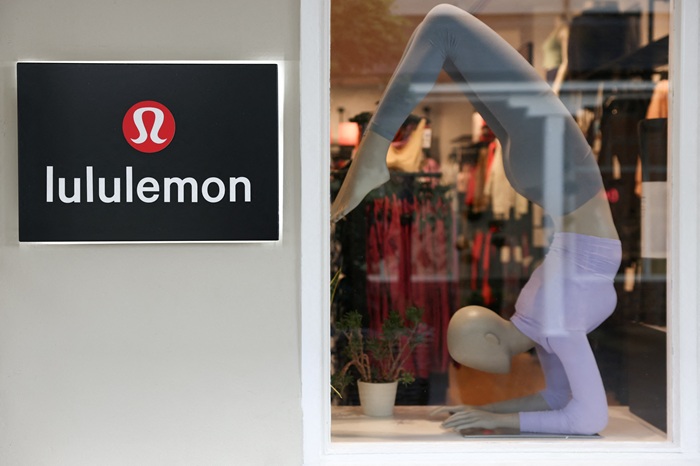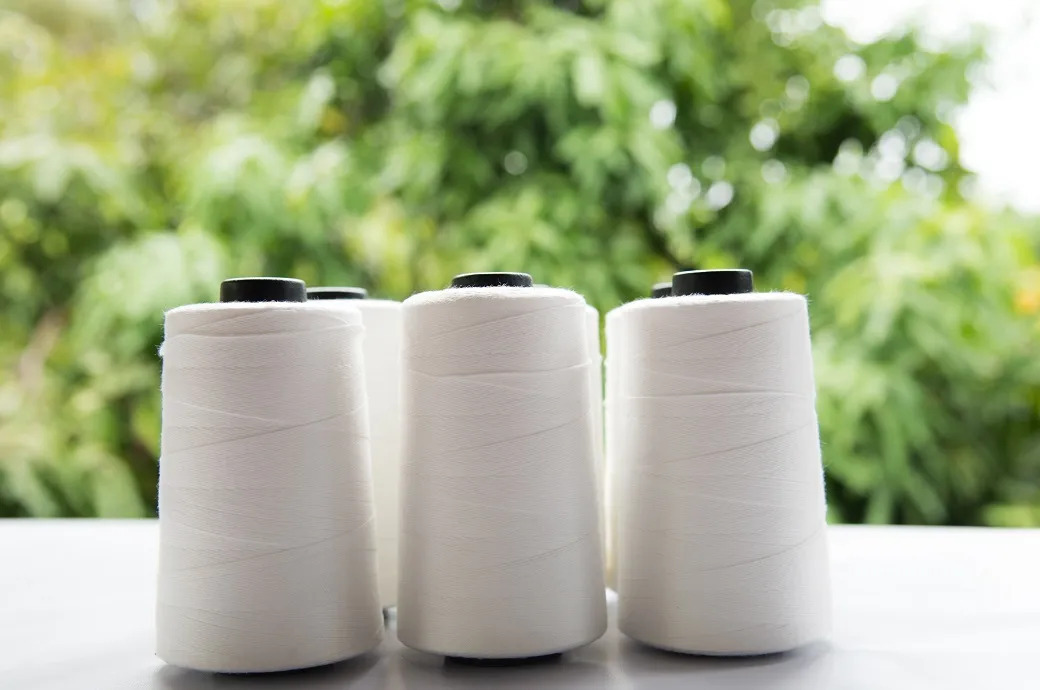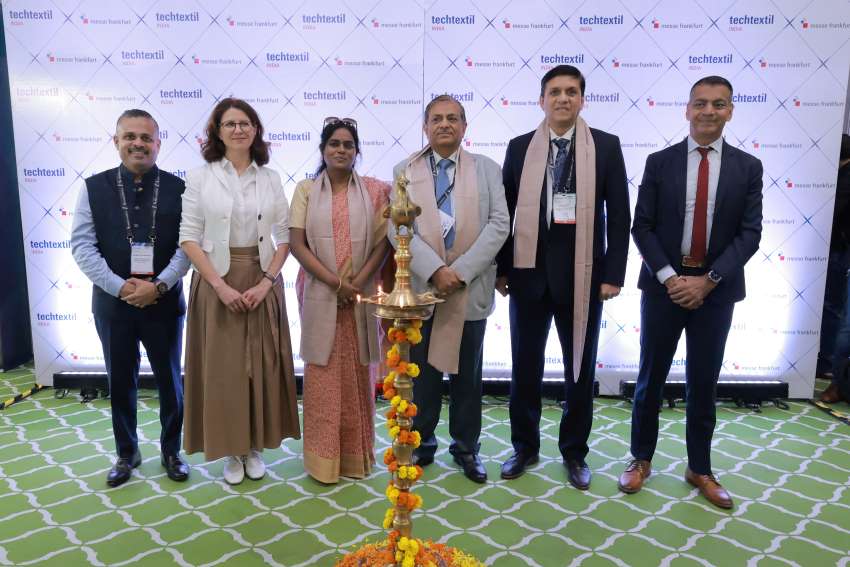Fueled by a growing awareness of sustainability and natural fibers in fashion, the value of the United States wool industry is projected to reach $555.6 million by 2032, experiencing a compound annual growth rate (CAGR) of 4.1 per cent from 2025 to 2032.
As both consumers and companies prioritize eco-friendly and sustainable products, wool's inherent qualities as a renewable, biodegradable, and carbon-neutral fiber have become key selling points. The growth of this market is also driven by an increased demand for premium wool apparel, including suits, sweaters, and activewear, alongside its use in home textiles like carpets and bedding. The US wool market is witnessing heightened demand not only for traditional applications but also in emerging sectors such as medical and insulation.
The US wool market is segmented by product type (fine, medium, and coarse), end-user (fashion and apparel, home textiles, industrial, and medical), and application. Fine wool is most sought after for high-end fashion due to its soft texture and dye absorption. Medium wool is popular for home textiles, while coarse wool is used in industrial products. Fashion and apparel currently hold the largest market share, with home textiles also significantly contributing. Industrial applications like insulation are gaining traction, diversifying the market.
While the US is a primary consumer of wool, particularly in fashion and textiles, the market is also influenced by major wool producers like Australia and New Zealand, key exporters to the US Innovations in wool production and processing in these regions are expected to benefit the US market through improved quality and cost efficiency. With its long history of wool production and consumption, Europe is another significant demand center, with many US brands sourcing wool from European markets known for their quality and established supply chains.
Sustainability trends in European wool markets are also likely to influence U.S. market developments.
The US wool market's strong growth is driven by several factors, notably sustainability. Wool's eco-friendly attributes align perfectly with the increasing consumer and manufacturer preference for natural and sustainable materials. The rising popularity of high-performance wool in activewear, due to its moisture-wicking and temperature-regulating properties, is another significant driver. Technological advancements in wool processing are also enhancing its functionality and appeal.
Despite growth prospects, the US wool market faces challenges, including price volatility due to supply fluctuations and global demand. Competition from cheaper synthetic fibers also poses a restraint. However, the market is poised to capitalize on opportunities such as the growth of sustainable fashion and the expanding use of wool in industrial applications like insulation and medical textiles, where its natural and beneficial properties are increasingly valued.












